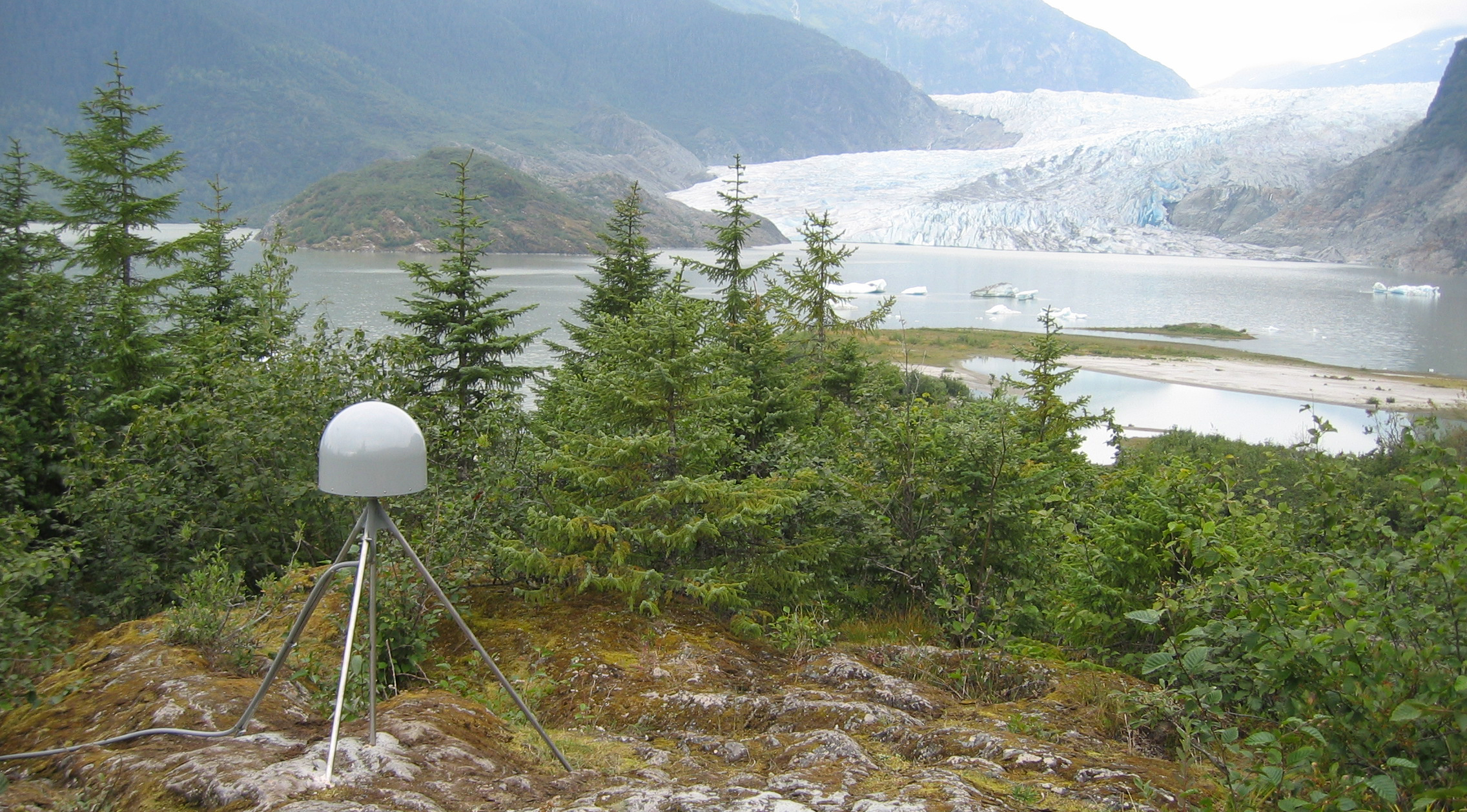By Beth Bartel - Spring 2017
Within five hours of the recent magnitude 6.2 and 6.3 earthquakes near Skagway, Alaska—both on May 1, 2017—Plate Boundary Observatory GPS station AB50 was transmitting data to the UNAVCO data center in Boulder, Colorado to save precious information researchers will use to better understand the quakes. Each PBO station collects data every 15 seconds, bins those data into 24-hour files, and sends them daily to be archived and made available freely to researchers and educators around the world. Many stations also collect high-rate data, up to five times per second. These data are overwritten every two weeks, for efficient use of storage space. When an earthquake occurs nearby, data engineers in Boulder can pull data before, during, and after the event before they are overwritten.
AB50 was one of only four stations close enough to record the Skagway earthquakes and with the capability to collect and send data quickly. This isn’t AB50’s first big job—the station is located in an active area of southeast Alaska where the Pacific plate slides past the North American plate. Data from this station were also pulled following the magnitude-7.5 earthquake west of Craig, Alaska on January 5, 2013. Within the past five years, UNAVCO has pulled high-rate data following 18 earthquakes within the PBO footprint. Nine of these were in Alaska, all of which had a magnitude greater than 6.
Like many PBO stations, AB50 is multipurpose. In addition to catching earthquakes, this critical station also serves as a key reference station for glacier research on the nearby Juneau Icefield. One of the glaciers draining the icefield, Mendenhall Glacier, is visible from this site, which is hosted by the Mendenhall Glacier Visitor Center. Lucky visitors may get to see the glacier calving icebergs into Mendenhall Lake!
For more on event responses within the PBO footprint, check out UNAVCO’s Geophysical Event Response page.





